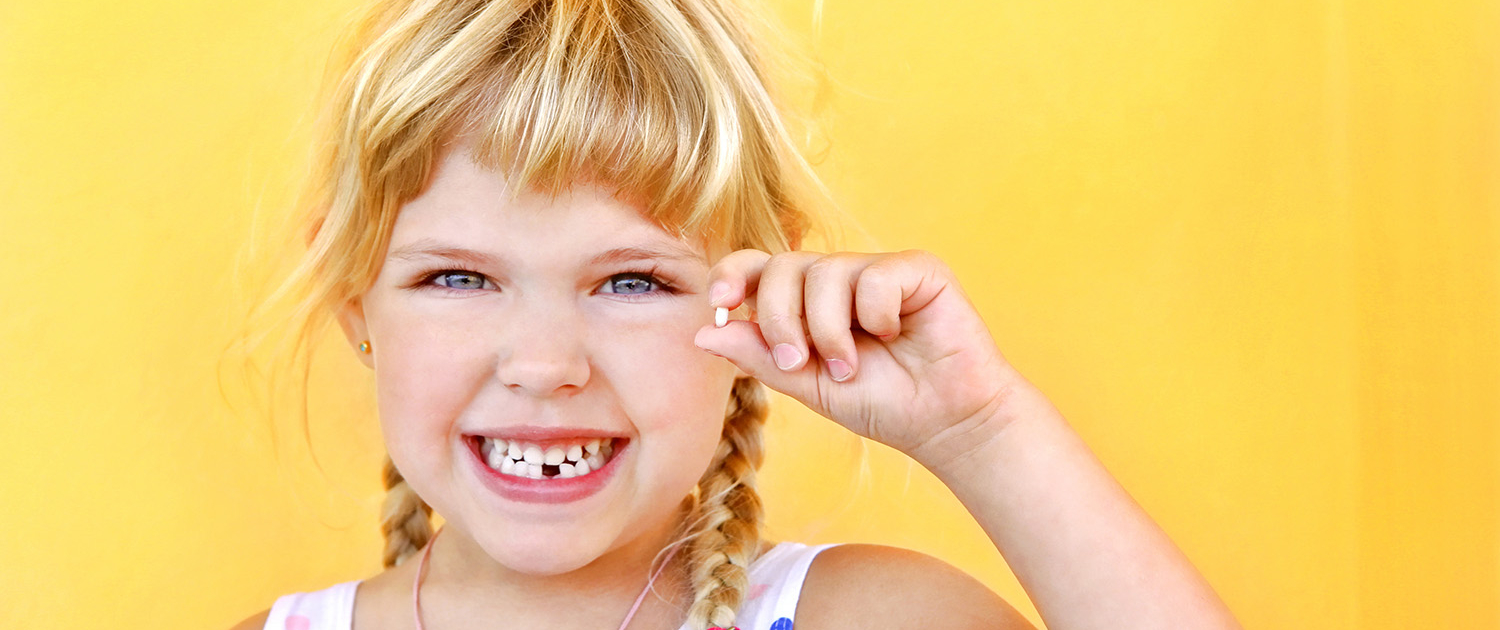Complete care for primary teeth and permanent teeth
Pediatric dentistry deals with the prevention, diagnosis, and treatment of oral diseases in children and adolescents.
Pediatric dentistry is perhaps one of the most important branches of dentistry as it concerns the young and future adult patients and is called to turn the fear that often accompanies the figure of the dentist into a pleasant and harmonious experience that will accompany the child in later adulthood.
At what age should the first visit to the dentist take place.
The first visit to the dentist should be made at the age of 3 years. The purpose of this first visit is to familiarize the child with the doctor’s office, the dentist, and the dental equipment. However, we at our practice encourage young parents to bring their children to younger ages in order to discuss the oral hygiene of the primary teeth or the treatment of habits such as finger sucking, we are here to answer your questions!
Baby / Milk/ Primary or deciduous teeth
The primary teeth that will erupt in the child’s mouth in total are 20 and begin to erupt gradually from the age of 6 months while the completion of the new teething is expected when the child is 2-2.5 years old. Both the age of the eruption of the first tooth and the age of the eruption of the last tooth are indicative, each child has his / her own rhythm.
Baby or milk teeth should not be neglected as they will then be replaced by permanent teeth. They are extremely important as they support the chewing of food and the speech of the child in the very first years of his /her life.
When a primary tooth decays, it must be treated.
Unfortunately, to this day the idea that when primary teeth decay do not need to be treated is quite common. It is very important to understand that when a baby tooth breaks down it can cause pain and discomfort to the child. But even if this does not happen and the child does not complain about anything, the tooth must be filled as if the caries remains incurable it will continue the tissue destruction creating an abscess (swelling) which can negatively affect the formation of the permanent tooth. It is good for a primary tooth to remain in place until it is normally replaced by the corresponding permanent one.
In cases of catastrophic caries of the primary teeth, we are forced to perform the extraction of the tooth, with the result that the space intended for the permanent tooth, that is held by the respective primary tooth, is occupied by the neighbouring teeth. This in turn creates crowding problems which are then only solved with orthodontic treatment.
Permanent teeth
Permanent teeth appear in the mouth at the age of 6 years, gradually replacing the primary teeth. The first permanent teeth are the first molars which have the peculiarity of not replacing any baby tooth. In total, the permanent teeth – including the 3rd molars or wisdom teeth – are 32 and are divided into the following categories:
- Incisors: we have 4 incisors in each jaw, 2 central and 2 lateral.
- Canines: we have 4 canines, 2 in each jaw.
- Premolars: they belong to the posterior teeth and replace the baby molars. We have a total of 8, 4 in each jaw.
- Molars: They erupt behindthe primary teeth. There is a total of 12, 6 in each jaw, considering the wisdom teeth.
What treatment does pediatric dentistry include?
Pediatric dentistry deals with the treatment of caries of primary teeth, however the dentist undertakes:
- The protection of the dental health usingtooth fluoride varnishes and sealants (usually made on the surface of the first permanent molar).
- The training in proper oral hygiene and good eating habits.
- diagnosis and treatment of orthodontic problems.
- treatment of dental injuries.
- reatment of gum diseases such as gingivitis.
Tooth fluoride varnishes
According to the World Health Organization, access to fluoride is an inalienable right of children and adults to ensure their oral health, as fluoride is the most effective means of protecting against caries.
Fluoride uptake, i.e.,fluoridation, can be done in two ways:
- Systemically (by ingestion), by fluoridation of drinking water or by the use of dietary fluoride supplements (e.g., tablets, drops).
- Topically, by applying fluoride products on the surface of the teeth. The most common methods of topical application of fluoride are the use of fluoride toothpaste, fluoride mouthwashes and topical application of fluoride preparations in the dental office.
Brushing the teeth with fluoride toothpaste is the simplest and most effective method of fluoride use by children and adults and has been the main reason for reducing tooth decay for the last 30 years.
A prerequisite for the effective action of the fluoride toothpaste is brushing the teeth twice a day (absolutely in the evening) for 2 minutes.
The topical application of fluoride in the dental clinic with highly concentrated fluoride preparations (varnish, gel, foam), is particularly important to reduce the likelihood of caries, especially in people at increased risk of caries. Of course, it should always be done in combination with daily brushing with fluoride toothpaste.
Therefore, the most effective way to protect against caries is exposure (local or systemic) to fluoride, in order to strengthen the enamel and repair the caries damage that is in its early stages.
Sealants
Sealants are a simple, painless, and safe method of preventing caries in the holes and crevices of the masticatory surfaces of the molars.The masticatory surfaces of the molars have cavities (holes) and grooves. Germs and food debris are trapped in these areas, resulting in caries.
Studies in Greece have shown that 3 out of 4 permanent molars in children decay by the age of 12. Sealants are unreservedly recommended by all International Scientific Organizations as the most effective measure to prevent caries on the chewing surfaces of the back teeth. In patients at high risk for caries development, the placement of sealants is considered necessary.
They are placed in one visit. It is completely painless and safe. The materials used are transparent or opaque fine-grained resins. After their application, no precautions are needed.
The average duration of sealants is according to international studies 4 years. When there is good oral hygiene, they can last much longer.
Sealants should be part of a comprehensive child / adolescent prevention program that includes daily oral hygiene, proper nutrition and regular semi-annual or annual fluoride applications by the Paediatric Dentist or General Dentist, depending on the degree of risk of developing caries in everyone.
Give your children a beautiful smile! Help us demystify the fear that accompanies the dentist and create adults who understand the importance of dental prevention.

